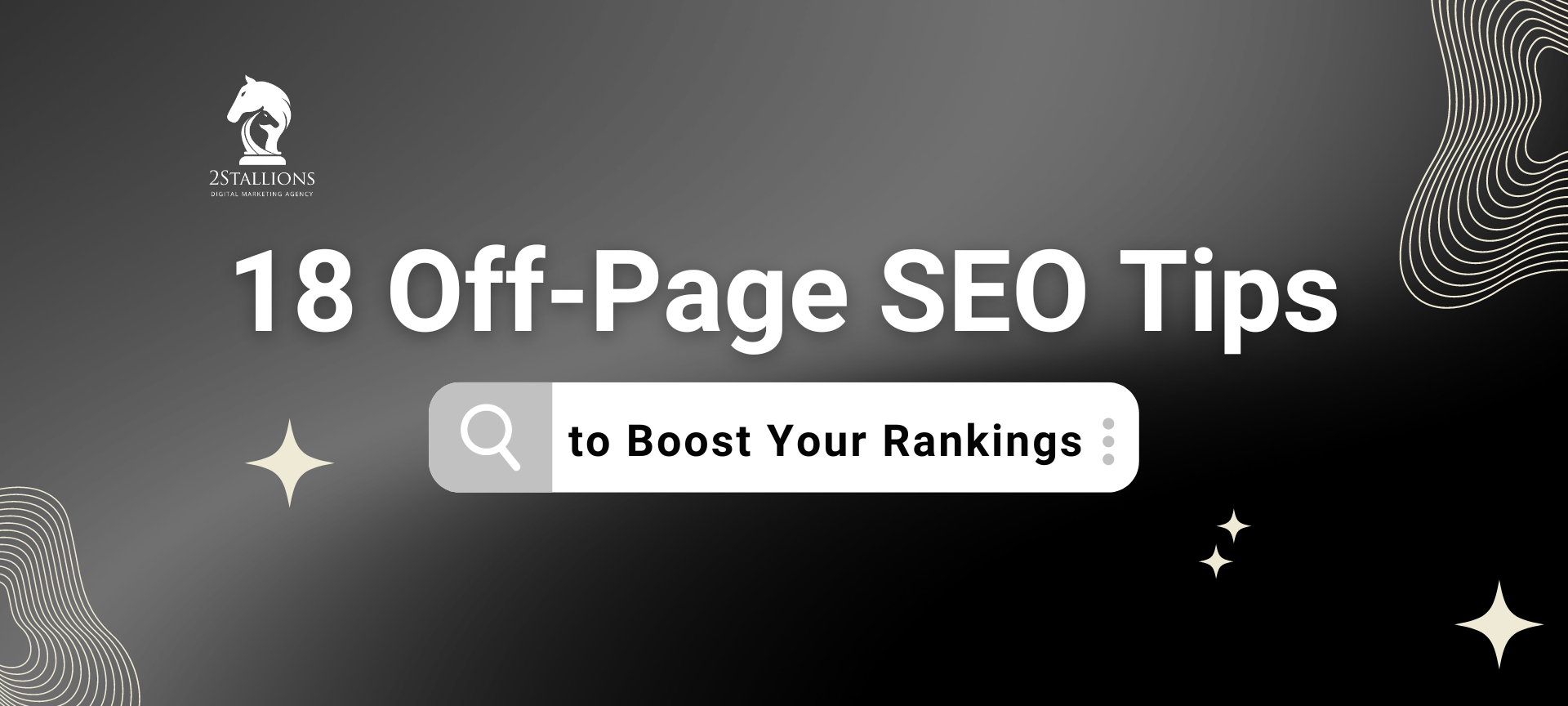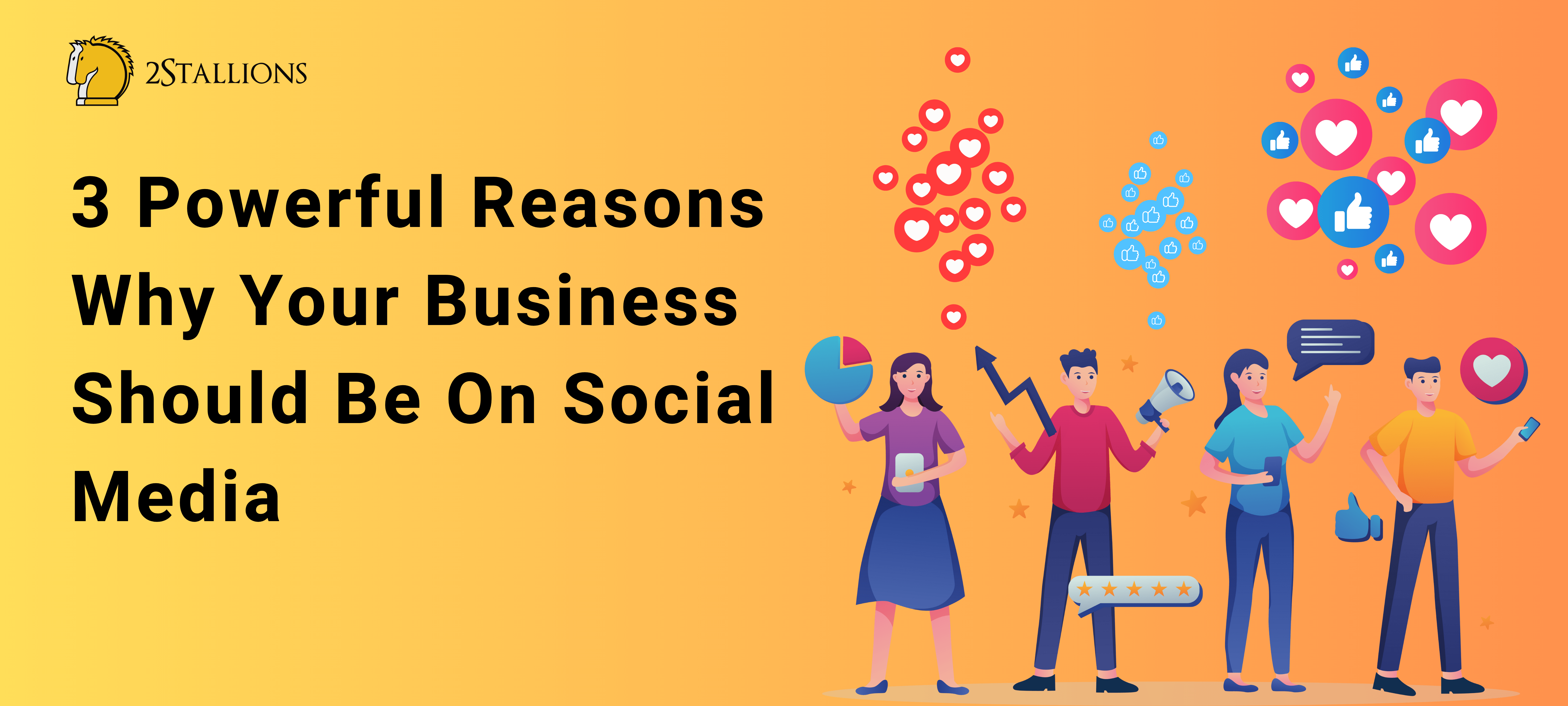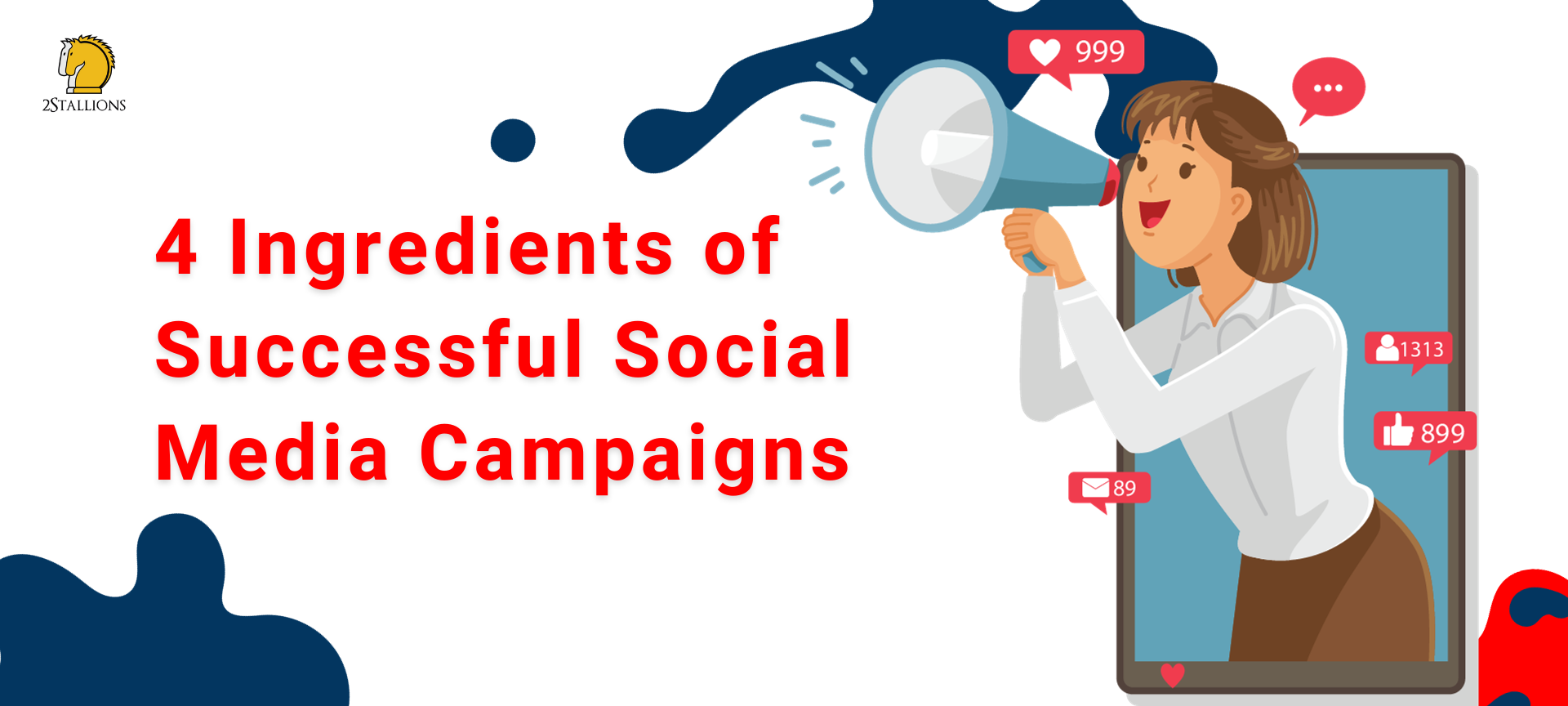Content
SHARE

In today’s digital age, where social media plays a significant role, it’s essential to understand the mysterious forces behind the content we see on our feeds. Social media algorithms, the invisible puppeteers that determine what we see and when have become ever more powerful and complex.
In this article, we’ll dive deep into social media algorithms, exploring their basics, how different platforms use them, their impact on user experience, navigating them for businesses, and even the future trends and developments we can expect.
So, buckle up as we embark on this enlightening journey!
[thrive_leads id=’8298′]
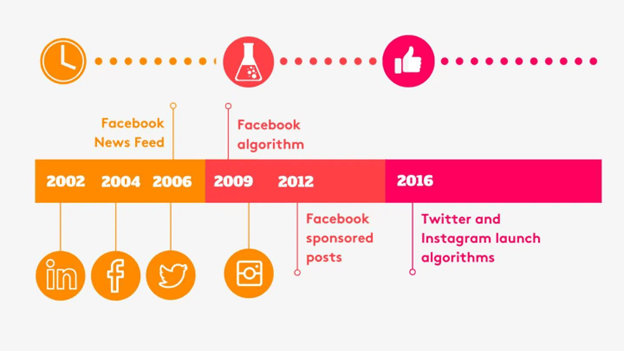 The Basics of Social Media Algorithms
The Basics of Social Media Algorithms
Before we delve into the intricacies, let’s start with the basics. What exactly is a social media algorithm?
In simple terms, it’s a set of rules, calculations, and formulas that dictate the order in which content appears in our feeds. Gone are the days when content was displayed chronologically; algorithms have taken over.
But why did social media platforms decide to implement algorithms in the first place? The answer lies in the overwhelming amount of content generated every second.
With millions of users posting updates, photos, and videos, it became increasingly difficult for users to keep up with everything.
Algorithms came to the rescue, aiming to show users the most relevant and engaging content based on their preferences and behaviours.
What Is a Social Media Algorithm?
Social media algorithms are complex mathematical formulas that analyse user behaviour, preferences, and past interactions to determine what content is most relevant to show them.
They consider engagement, relevance, recency, and popularity to curate a personalised feed for each user.
Imagine you’re scrolling through your favourite social media platform. The algorithm is constantly behind the scenes, analysing your every move.
It takes note of the posts you like, the accounts you follow, and the content you engage with the most. Based on this information, it then decides what to show you next, aiming to keep you hooked and entertained.
The Role of Algorithms in Social Media
Algorithms act as gatekeepers, sifting through the vast ocean of content and delivering only what they deem most suitable and exciting.
They play a crucial role in shaping our online experiences, often moulding our opinions and influencing the information we consume.
For example, let’s say you’re interested in photography. You follow several photography-related accounts, like posts, and discuss the latest camera gear.
The algorithm notices this and starts showing you more photography-related content. It might recommend new photographers to follow, suggest camera reviews, or display tips and tricks to improve your skills.
On the other hand, if you’re into fitness, the algorithm will take note of your preferences and start tailoring your feed accordingly.
It might show you workout routines, healthy recipes, or success stories from others in the fitness community. The goal is to keep you engaged and provide content that aligns with your interests.
However, algorithms aren’t perfect. Sometimes, they can create echo chambers, where users are only exposed to content that reinforces their existing beliefs and opinions.
This can limit the diversity of information we consume and potentially contribute to the spread of misinformation. Social media platforms are tweaking algorithms to balance personalisation and exposure to new ideas.
Social media algorithms have revolutionised the way we consume content. They have made navigating the vast sea of information easier and discovering content that resonates with us.
While they have limitations, algorithms continue to evolve and shape our online experiences.
 How Different Social Media Platforms Use Algorithms
How Different Social Media Platforms Use Algorithms
Each social media platform has its unique algorithm tailored to its specific user base and objectives.
Let’s take a closer look at how the giants of the social media realm—Facebook, Instagram, and Twitter—utilise algorithms to control our feeds.
Facebook’s Algorithm: How It Works
Facebook’s algorithm, known as EdgeRank, operates on a multitude of factors, including the type of content, who posted it, and the user’s relationships and engagement history.
It strives to show users content they are likely to interact with and find valuable, striking a balance between relevance and diversity.
Facebook’s algorithm is constantly evolving and adapting to user behaviour. It analyses the time spent on different posts, the number of likes, comments, and shares, and even considers the user’s previous interactions with similar content.
By doing so, Facebook aims to create a personalised experience for each user, ensuring their news feed is filled with content that aligns with their interests and preferences.
One interesting aspect of Facebook’s algorithm is its ability to detect clickbait and low-quality content. It uses machine learning algorithms to identify and demote posts that manipulate users into clicking or sharing without providing meaningful value.
This helps maintain the overall quality of the content shown on the platform.
Instagram’s Algorithm: What You Need to Know
Instagram’s algorithm aims to display the most engaging and relevant content on users’ feeds. It considers variables such as post engagement, recency, and users’ past interactions to personalise the content presented to them.
The algorithm strives to create a vibrant and visually captivating experience by promoting high-quality content.
One exciting feature of Instagram’s algorithm is its focus on user engagement. The algorithm considers the user’s level of interaction with a particular account.
If a user frequently likes, comments, or saves posts from a specific account, the algorithm will prioritise showing more content from that account on the user’s feed. This helps foster a sense of community and encourages users to engage with the content they enjoy the most.
Additionally, Instagram’s algorithm also considers the timeliness of posts. Recent posts are given more weight, ensuring users are presented with fresh and up-to-date content.
This helps keep users engaged and prevents them from seeing outdated or irrelevant posts.
Twitter and Its Unique Algorithm
Unlike Facebook and Instagram, which heavily rely on algorithms, Twitter’s algorithm takes a more subtle approach. Instead of imposing a rigid algorithm-driven feed, X Platform (formerly Twitter) combines an algorithmic timeline with a chronological one.
This fusion gives users a blend of the most relevant and recent tweets, ensuring they don’t miss out on vital updates while still experiencing a curated feed.
Twitter’s algorithm focuses on displaying tweets from accounts that users frequently engage with and tweets that have received significant attention from the wider Twitter community.
This means that popular tweets have a higher chance of appearing on users’ feeds regardless of the time they were posted.
Another interesting aspect of X’s algorithm is its ability to detect and filter out spam and malicious content.
By analysing various signals, such as account behaviour and engagement patterns, Twitter can identify and reduce the visibility of harmful or misleading tweets, creating a safer environment for users to engage in conversations.
Overall, while each social media platform has its unique algorithm, they all share the goal of providing users with a personalised and engaging experience.
By leveraging data and user behaviour, these algorithms strive to curate relevant, engaging, and valuable content for each user.
 The Impact of Algorithms on User Experience
The Impact of Algorithms on User Experience
Social media algorithms have undoubtedly revolutionised the way we experience platforms.
While they strive to enhance user experiences through personalisation and relevance, they also raise concerns about the impact on content visibility and the potential creation of echo chambers.
Let’s explore two critical aspects influenced by algorithms: personalisation and content visibility.
Personalisation And Its Effects
Algorithms are designed to personalise our feeds, showing us content they believe we’ll find most appealing. This personalisation may enhance user experiences by offering content tailored to individual preferences.
For example, suppose you frequently engage with posts about travel. In that case, the algorithm may prioritise showing you travel-related content, such as breathtaking landscapes, travel tips, and inspiring stories from fellow travellers.
However, it is essential to recognise that personalisation can limit exposure to diverse perspectives.
Algorithms may inadvertently create information bubbles by tailoring our feeds to our interests, reinforcing our existing beliefs and biases.
For instance, if you have a particular political inclination and predominantly engage with content that aligns with your views, the algorithm may prioritise showing you more of the same, potentially shielding you from alternative viewpoints and contributing to the formation of echo chambers.
On the other hand, algorithms can also introduce users to new and exciting content that they may not have discovered otherwise.
By analysing your behaviour, such as the posts you like, share, or comment on, algorithms can suggest content from creators you may not be familiar with but are likely to enjoy.
This can lead to serendipitous discoveries, expanding your horizons and introducing you to fresh perspectives.
The Influence of Algorithms on Content Visibility
Algorithms play a significant role in determining which content gets displayed and, consequently, the visibility and reach of users’ posts. While algorithms aim to surface content users will find engaging, they can also present challenges for businesses and content creators seeking broader exposure.
For businesses, understanding how algorithms operate is crucial for increasing their content visibility in the ever-competitive social media landscape. That’s why partnering with a proven social media marketing agency in Singapore like ours can make all the difference, as our team helps brands decode platform algorithms and craft content that drives visibility and results.
By deciphering the factors that algorithms prioritise, such as engagement rates, relevance, and recency, businesses can optimise their content to increase its chances of appearing in users’ feeds.
This may involve crafting compelling headlines, eye-catching visuals and encouraging audience interaction through likes, comments, and shares.
Content creators, too, must navigate the algorithms’ influence to ensure their work reaches a wider audience. They may need to balance creating content that resonates with their existing audience and experimenting with new ideas to attract new followers.
By analysing the performance of their posts and understanding the patterns that emerge, creators can refine their strategies and adapt to the ever-evolving algorithms.
Furthermore, algorithms can also introduce users to lesser-known creators and niche content they may have yet to discover otherwise. By analysing users’ interests and behaviour, algorithms can recommend content that aligns with their preferences but may have yet to gain mainstream popularity.
This can be a boon for emerging artists, writers, musicians, and other creators, as algorithms can help them find an audience that appreciates their unique talents.
In conclusion, while algorithms have undoubtedly transformed the user experience on social media platforms, their impact is a double-edged sword.
On one hand, personalisation can enhance user experiences by tailoring content to individual preferences. On the other hand, it can limit exposure to diverse perspectives and contribute to the formation of echo chambers.
Similarly, algorithms can boost content visibility for businesses and creators but also present challenges in navigating their ever-changing dynamics.
Understanding algorithms’ intricacies is crucial for users and content creators to make the most of their social media experiences.
 Navigating Social Media Algorithms for Businesses
Navigating Social Media Algorithms for Businesses
Businesses aiming to thrive online must learn to navigate and leverage social media algorithms effectively.
Here, we’ll explore strategies to increase visibility and engagement, understand algorithm changes and updates, and adapt to the evolving social media landscape.
Strategies for Better Visibility on Social Media
To cut through the algorithmic noise, businesses should focus on producing high-quality, engaging content that resonates with their target audience. At 2Stallions, our social media marketing agency in Singapore works with businesses to design and execute content strategies that align perfectly with each platform’s algorithm for maximum engagement.
Building genuine connections, encouraging user interactions, and leveraging influencers and paid promotions are essential strategies for boosting visibility on social media platforms.
Understanding Algorithm Changes and Updates
Social media platforms continuously fine-tune their algorithms to enhance user experiences. Staying informed about algorithm updates, algorithmic trends, and changes in user preferences is paramount.
By adapting their strategies to these changes, businesses can maintain visibility and capitalise on new opportunities.
 The Future of Social Media Algorithms
The Future of Social Media Algorithms
As technology advances at an unprecedented pace, the future of social media algorithms holds promises and challenges.
Let’s explore a glimpse of what is yet to come.
Predicted Trends and Developments
Machine learning and artificial intelligence are expected to play increasingly vital roles in social media algorithms.
These technologies will enable even greater personalisation, improved content recommendation systems, and more accurate targeting capabilities.
Incorporating augmented and virtual reality may also shape the future of social media algorithms, offering users immersive experiences like never before.
The Role of Artificial Intelligence in Future Algorithms
Artificial intelligence-driven algorithms will continue to evolve and refine, serving as powerful tools for platform operators and marketers.
AI will enable algorithms to analyse vast amounts of data in real time, adapt swiftly to user preferences, and offer increasingly accurate content suggestions.
With AI’s continual advancement, the future of social media algorithms holds immense potential.
Understanding their intricacies becomes instrumental as social media algorithms continue to shape and redefine our digital experiences. Our social media marketing agency in Singapore stays ahead of these changes, helping clients adapt quickly and remain competitive in a rapidly evolving digital environment. Schedule a consultation with us today.
Frequently Asked Questions About Social Media Algorithms
”What
Social media platforms utilise various algorithms to curate and prioritise content shown to users. These algorithms are based on user interactions, content relevancy, personal connections, and user behaviour to display content most likely to engage the user. For instance, Instagram uses an algorithm that focuses on user engagement, relevancy, and timeliness of posts, while LinkedIn’s algorithm prioritises connection strength, content engagement, and profile completeness.
”How
Though specific functionalities of social media algorithms in 2023 could vary across platforms, they generally work by evaluating and predicting user preferences based on historical data and interactions. Algorithms assess various factors, such as the content a user interacts with, the time spent on posts, and engagement metrics (like shares and comments) to curate a personalised feed or content suggestions.
”Do
Social media algorithms widely utilise Artificial Intelligence (AI) and Machine Learning (ML) technologies. AI and ML help platforms analyse massive datasets, understand user behaviours, and predict future interactions. This enables platforms to dynamically adjust the content displayed to each user, ensuring it aligns with individual preferences and maximises engagement.
”Is
While Facebook and Instagram are owned by the same parent company (Meta), their algorithms differ. However, they share similarities, such as prioritising content from friends and family and rewarding high-engagement posts. Each platform’s algorithm is tailored to its specific user behaviour and content type; thus, they operates uniquely to cater to the respective platform’s user experience and engagement patterns.
”How
Outsmarting social media algorithms involves understanding and leveraging their functioning to enhance content visibility and engagement. Strategies might include:
- Engaging Content: Create content that encourages likes, comments, shares, and other forms of engagement.
- Consistency: Post regularly to remain relevant and visible to your audience.
- User Interaction: Engage with users by responding to comments and messages promptly.
- Video Content: Utilise video content, which often gets prioritised by algorithms.
- Timing: Post when your audience is most active to increase immediate engagement.
- Utilise Features: Use platform-specific features like stories, reels, or live videos to boost visibility.
- Advertise: Leverage paid advertising to enhance reach and visibility beyond organic limitations.
Always stay updated with algorithm changes and tweaks to modify your strategy accordingly and ensure optimal visibility and engagement on social media platforms.

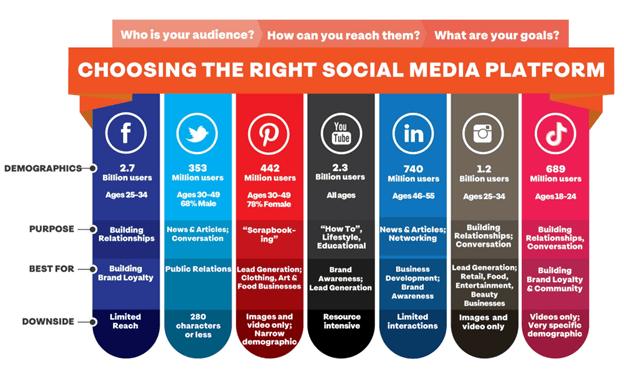 How Different Social Media Platforms Use Algorithms
How Different Social Media Platforms Use Algorithms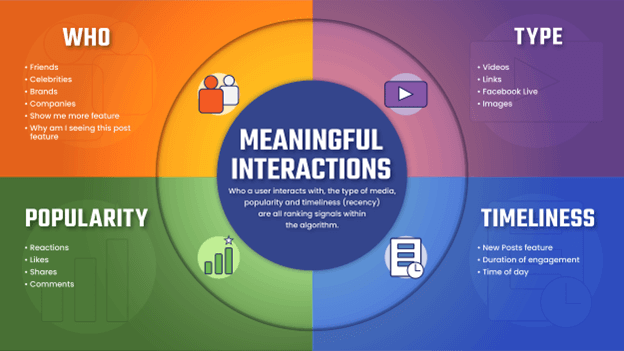 The Impact of Algorithms on User Experience
The Impact of Algorithms on User Experience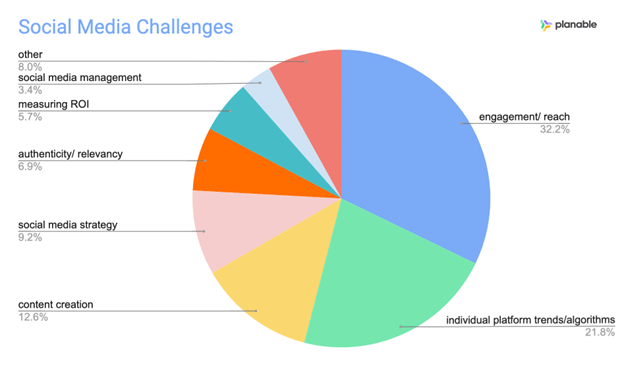 Navigating Social Media Algorithms for Businesses
Navigating Social Media Algorithms for Businesses The Future of Social Media Algorithms
The Future of Social Media Algorithms


